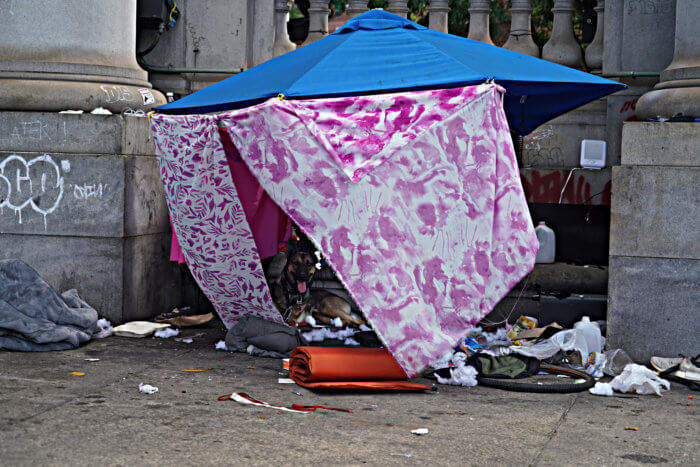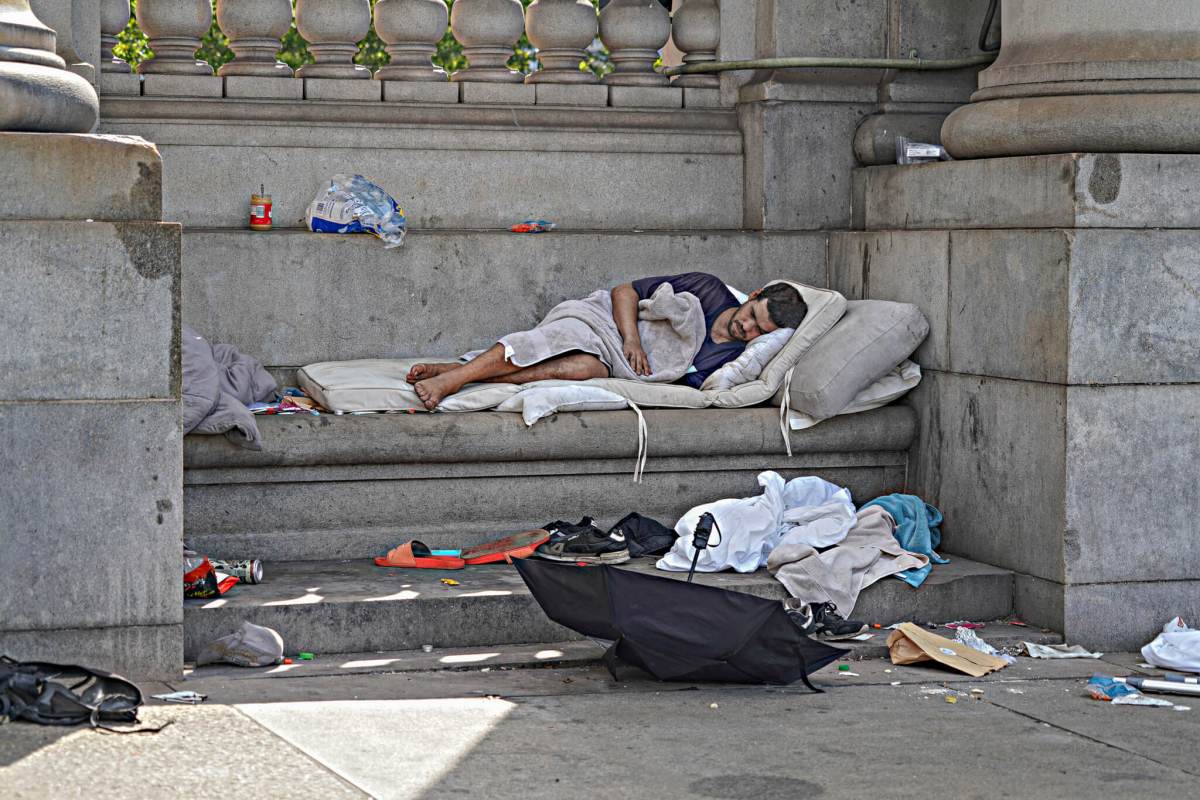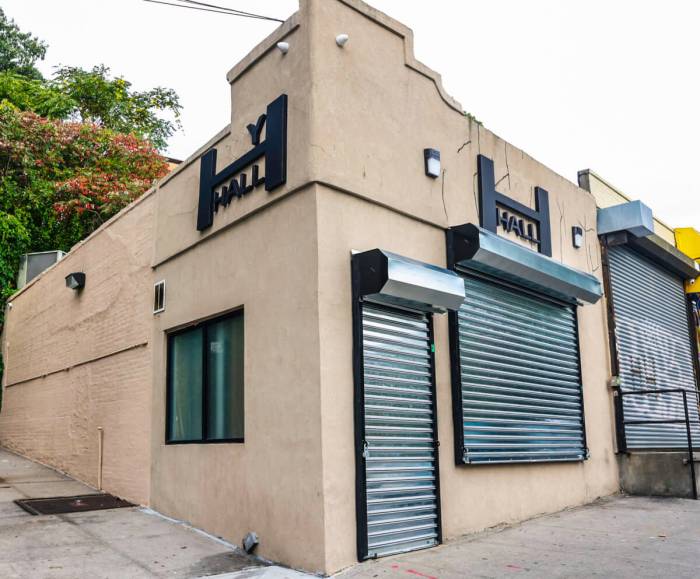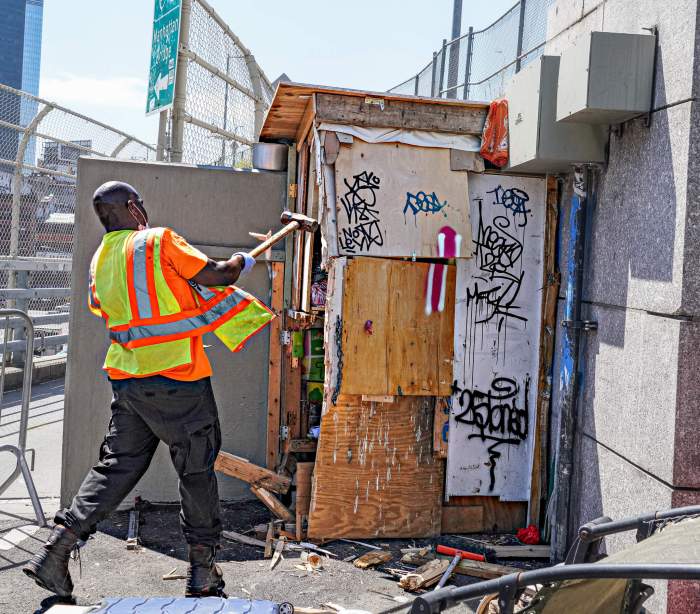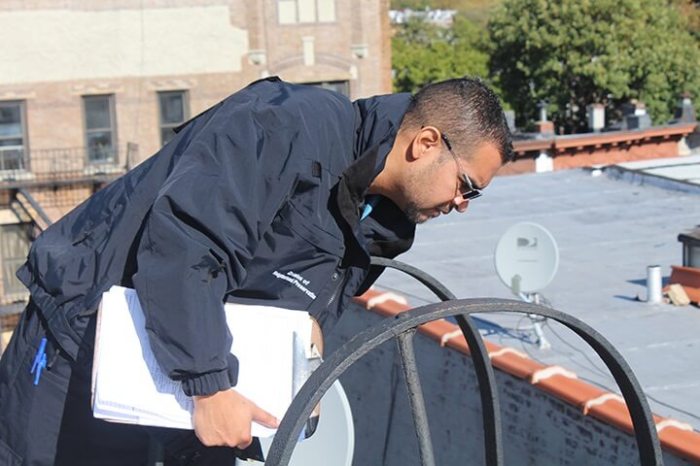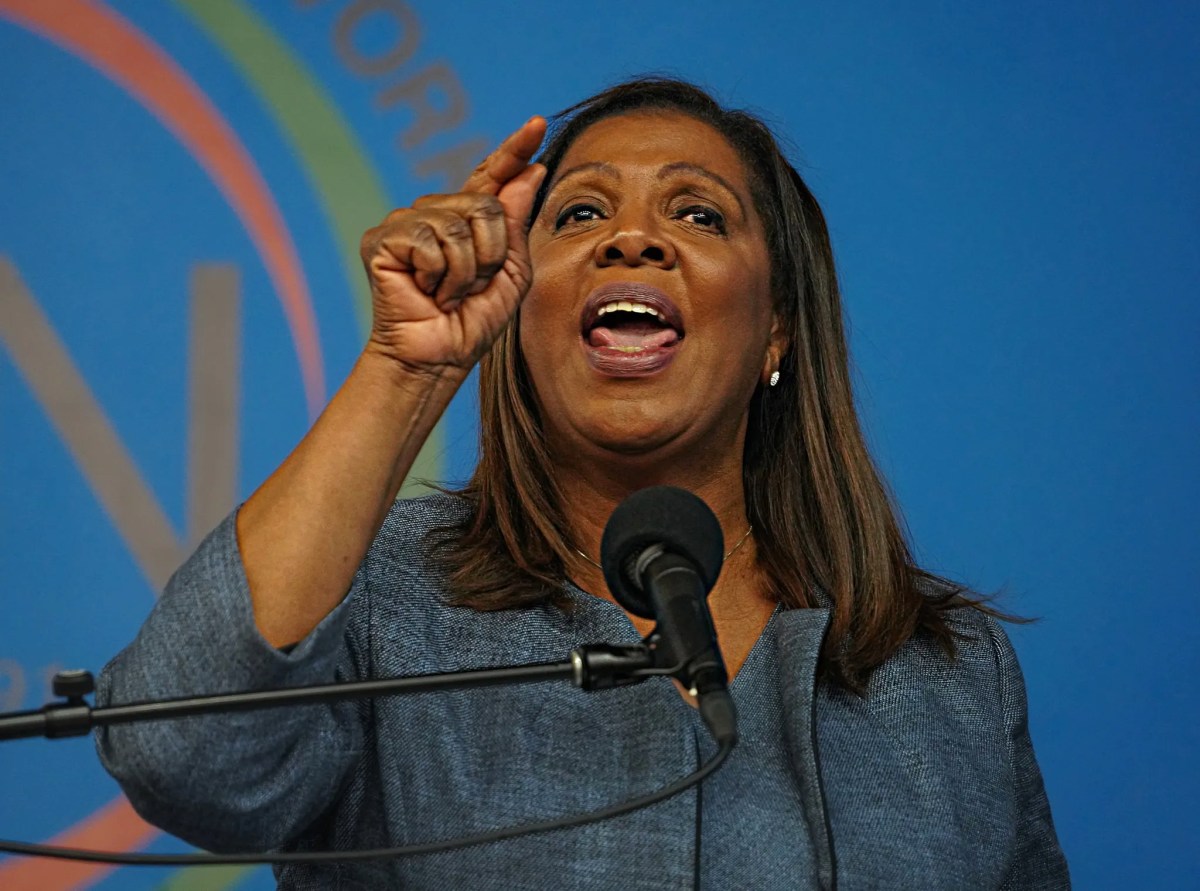Nearly half a year into the New York City’s effort to clear homeless encampments and connect the unhoused with wraparound services, the debate swirls on whether the initiative is helping or hindering New York City’s most vulnerable.
In March 2022, Mayor Eric Adams attempted to position himself as a defender of the unhoused. He had come up against one of his first major challenges in office: a gun-toting serial-killer who was taking the lives of homeless individuals across two states. Standing inside the 13th Precinct, Adams looked to make it clear that he cared about the city and all of its people, even the unfortunate souls who slept on the streets.
“I am here to send a very clear message that all New Yorkers matter,” Mayor Adams said on March 13.
That same month, the mayor announced the start of a citywide crackdown on homeless encampments erected by the unhoused. A task force of NYPD officers, Sanitation workers, and DSS-DHS outreach agents systematically worked to dismantle and trash homeless encampments while attempting to entice occupants to enter the shelter system.
Many New Yorkers saw the operations as long-overdue action to address the inaction that led to a rise of street homelessness in recent years. But in the eyes of the homeless and a slew of advocates and nonprofit social outreach groups, the sweeps have become yet another way to marginalize the city’s most vulnerable residents.
The city has deemed it a violation lest a person is merely laying on the sidewalk fully exposed to the elements. Adams has repeatedly argued that his mission to sweep the streets is a matter of dignity, that to allow a person to sleep in a crude den is inhumane.
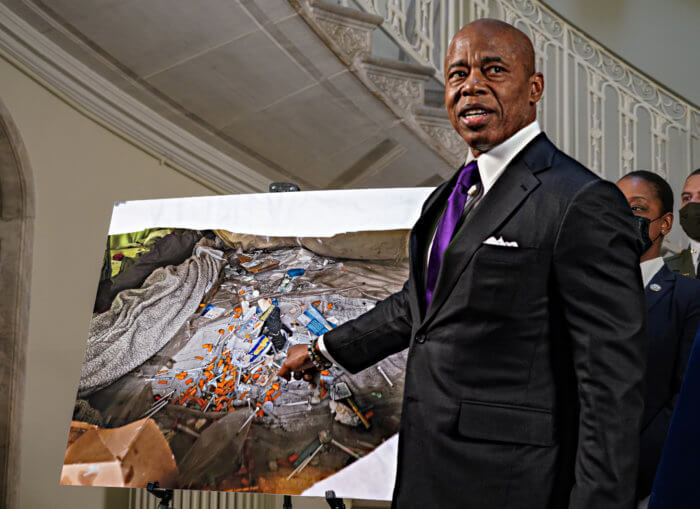
“Look at this condition a fellow New Yorker was living in. I am supposed to allow this to stay? I am supposed to act like I don’t see this? This is dignity? This is how we treat fellow New Yorkers? Some would say this is a warm place for them. Ha, please,” Adams scoffed during a press conference inside of City Hall on March 30 while pointing to a picture showcasing hundreds of needles inside a tent.
However, those on the receiving end do not feel the same way. Deeming the process as a criminalization of homelessness, street homeless charged that they feel attacked while the individuals who advocate for them believe the process is tantamount to torture.
“The sweeps are ongoing through this summer’s heatwave. The repeated sweeps traumatize and harm our unhoused neighbors. For example, my unhoused neighbor endured seven sweeps in July. The sweeps take up a lot of resources from the City that could be used to house people. They are expensive and absolutely ineffective in getting people housing,” said Isabel, a local neighbor who donates her time to help those living on the street from losing their belongings.
The city, however, rebukes the claim that sweeps are an expensive procedure since the mayor’s office states that encampment initiatives come at no additional cost due to the work commencing over the course of normal activities that include utilizing resources to provide outreach to house New Yorkers. The city stresses that investments have been made to provide more resources, such as the $170 million in the safe haven and stabilization beds as well as accelerating supportive housing.
As a result of the repeated sweeps, a number of undomiciled New Yorkers have told amNewYork Metro that they live with constant anxiety and fear of what they regard as an ever-looming shadow. This has prompted the formation of what has become known as sweep defense – concerned New Yorkers who have banded together to prevent property from being tossed.
Now, when sweeps notices are posted, community members often share the load by lugging items a few blocks away and out of the sweep range since only items in that vicinity can be removed.
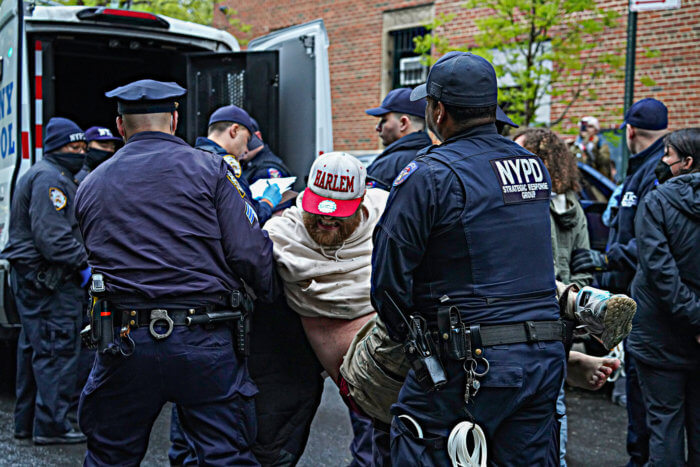
With encampments continuing to pop back up in the same locations after sweeps have been conducted, many are citing the policy as a fruitless endeavor. The mayor’s office says they see things differently.
According to a spokesperson for City Hall, this is not evidence of failure but instead proof it takes time to build ties in order to connect the unhoused to services with new offerings perhaps being available on recurring visits.
“For nearly five months, outreach teams have engaged constantly with New Yorkers living on the streets to offer them a clean, safe place to rest and the dignity that comes with it. Mayor Adams has said since day one of this effort that building trust takes time and that we would engage with people as many times as necessary to get them help, and that’s exactly what the administration is doing,” the spokesperson told amNewYork Metro.
Still, advocates believe the process has achieved very little over the past half year, save for persistent harassment.
“Despite their ineffectiveness, the administration is continuing its sweeps of our unsheltered neighbors throughout the city, including at the same locations time after time. As directly impacted people have been saying for years, sweeps do not bring them closer to permanent housing. They only serve to exacerbate the already broken trust between homeless New Yorkers and institutions that are supposed to serve them,” Bennett Reinhardt, an organizer for the Open Hearts Initiative, told amNewYork Metro.
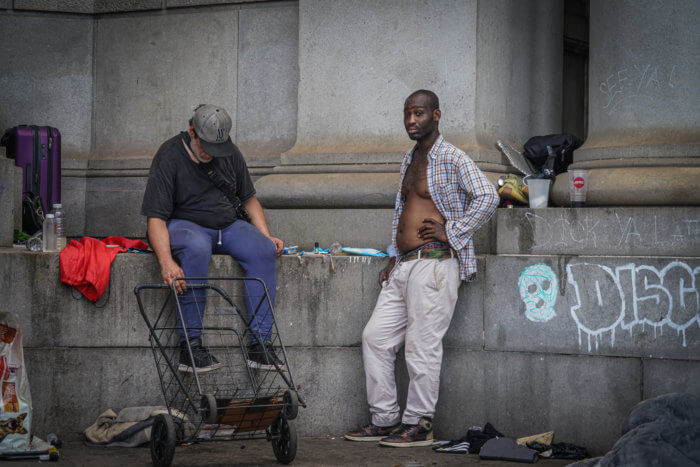
While the city states their goal is to provide aid, the undomiciled and homeless rights advocates believe the process is a relentless attempt to exhaust their clients until they yield and accept services that are considered less than ideal.
“It is just trying to break them to get them into congregate shelters, some of the areas have been swept nine or ten times this summer,” Jessica Semmel, a member of Washington Square Park Mutual Aid, told amNewYork Metro. “It’s for wealthy people who have come back after COVID and want to see their streets clean, I think that’s a big part of it.”
